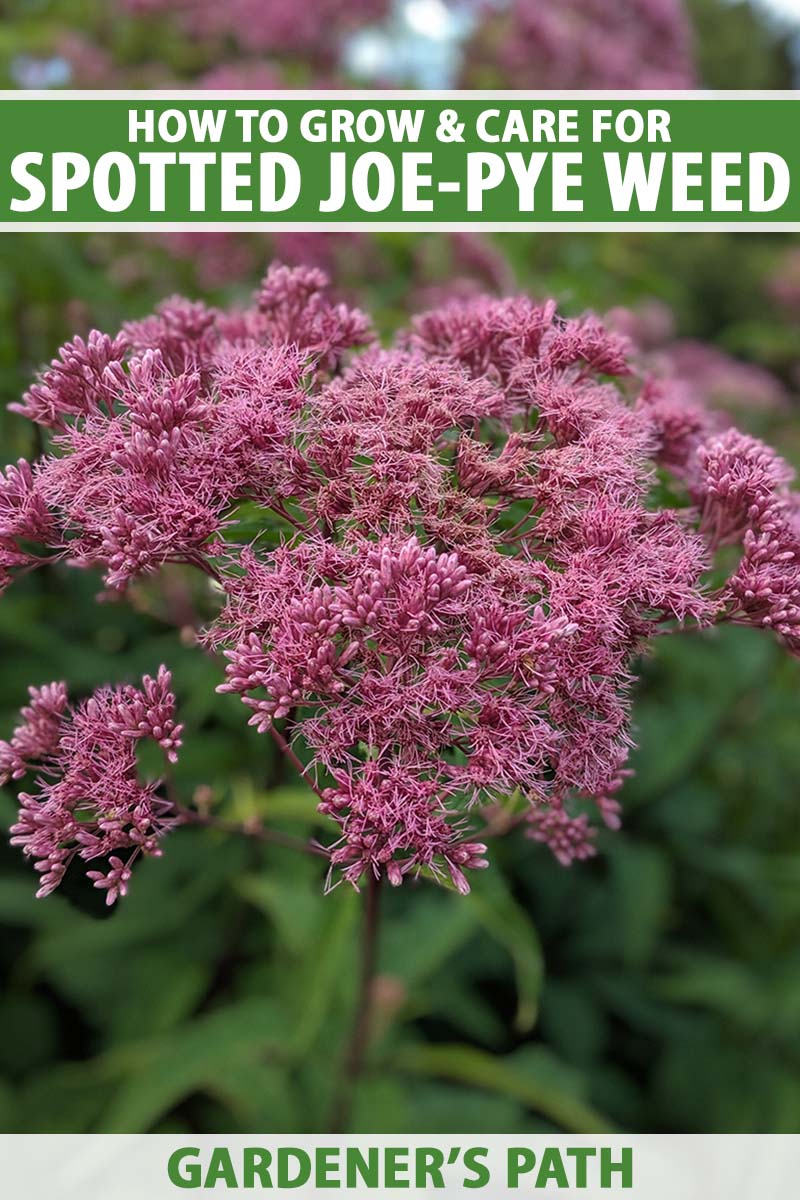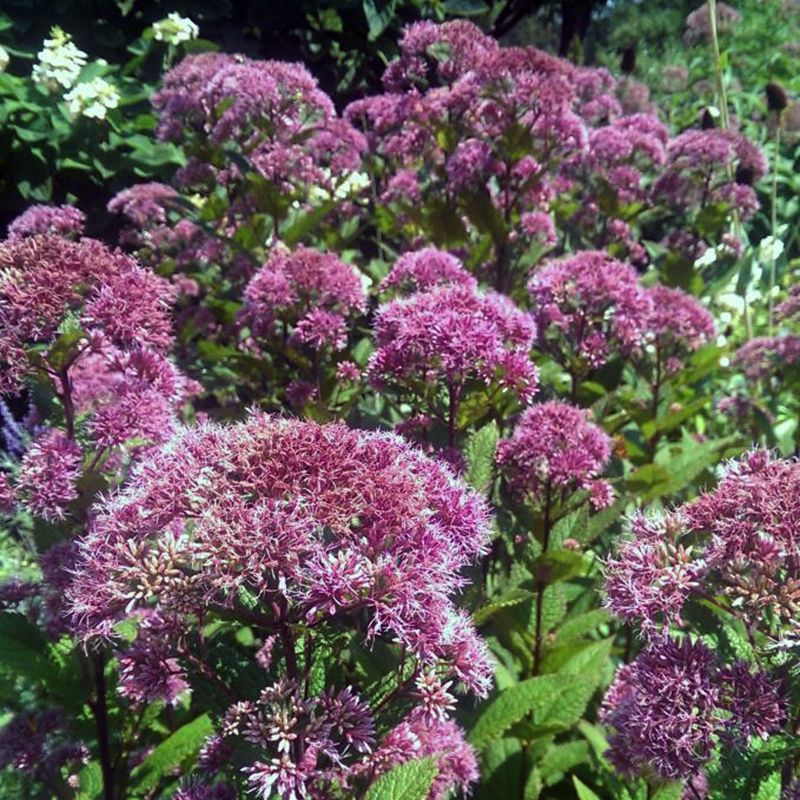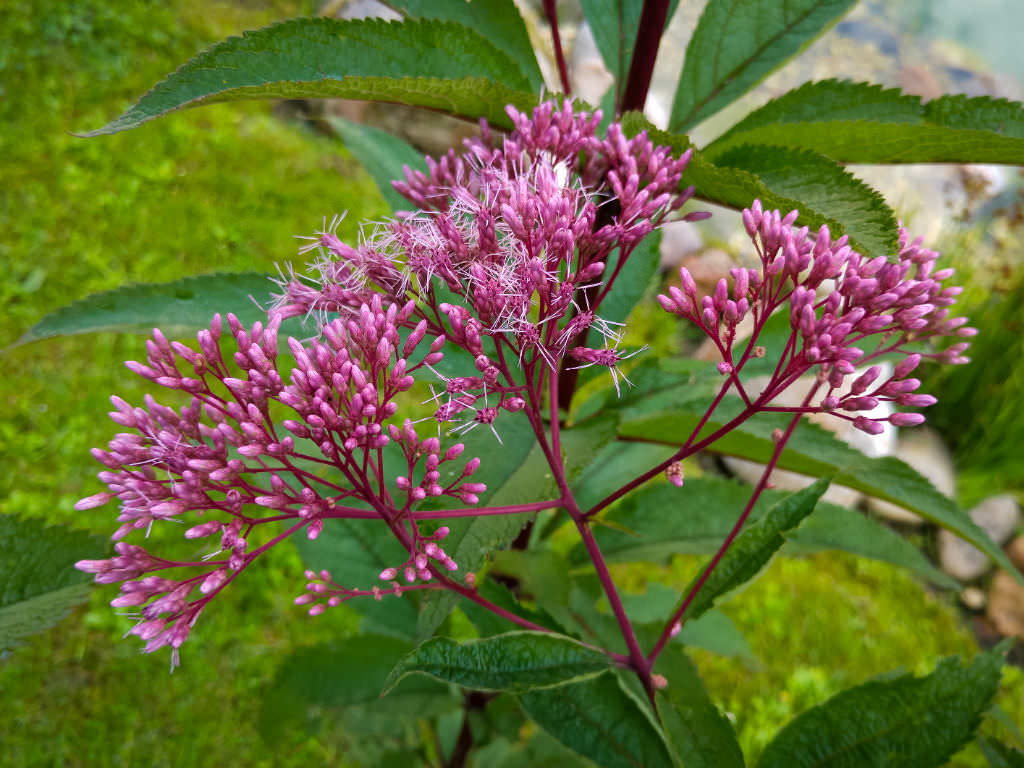Joe Pye Weed, a perennial favorite among gardeners and nature enthusiasts, is more than just a pretty plant. Known for its towering height and clusters of pinkish-purple flowers, it is a magnet for butterflies and a staple in many native plant gardens. In this guide, we will delve into the fascinating world of Joe Pye Weed, exploring its origins, cultivation, and ecological benefits.
Key Takeaways
- Joe Pye Weed is a native North American plant known for its tall stature and vibrant blooms.
- It thrives in moist, well-drained soils and can adapt to various garden settings.
- The plant is a favorite among pollinators, particularly butterflies and bees.
- Joe Pye Weed has historical medicinal uses and continues to be valued for its ecological benefits.
What is Joe Pye Weed?
Joe Pye Weed belongs to the Eutrochium genus, a group of flowering plants in the Asteraceae family. Native to North America, it is often found in moist woodlands, meadows, and roadside ditches. The plant is named after Joe Pye, a Native American herbalist who is said to have used the plant to treat typhus fever in the 18th century.
Characteristics of Joe Pye Weed
Joe Pye Weed can reach impressive heights of up to 7 feet, making it a striking addition to any landscape. Its large, domed clusters of flowers bloom from mid-summer to early fall, providing a rich source of nectar for pollinators. The leaves are lance-shaped and arranged in whorls around the stem, adding to its architectural appeal.

How to Grow Joe Pye Weed
Growing Joe Pye Weed is relatively straightforward, as it is a hardy plant that requires minimal maintenance once established. Here’s how you can cultivate this beautiful perennial in your garden:
Choosing the Right Location
Joe Pye Weed prefers full sun to partial shade and thrives in moist, well-drained soils. It is an excellent choice for rain gardens or areas with poor drainage, as it can tolerate occasional flooding. When selecting a site, consider its mature size and provide ample space for it to grow.
Planting Tips
- Timing: Plant Joe Pye Weed in the spring or fall to give it time to establish before extreme weather conditions.
- Soil Preparation: Enrich the soil with organic matter to improve drainage and fertility.
- Spacing: Space plants about 3 feet apart to allow for their expansive growth.
Care and Maintenance

Once established, Joe Pye Weed requires minimal care. Here are some tips to keep your plants healthy:
- Watering: Keep the soil consistently moist, especially during dry spells.
- Fertilization: Apply a balanced fertilizer in early spring to promote vigorous growth.
- Pruning: Cut back the stems in late winter or early spring to encourage bushier growth.

The Ecological Benefits of Joe Pye Weed

Joe Pye Weed is not just a garden centerpiece; it plays a vital role in supporting local ecosystems. Its nectar-rich flowers attract a variety of pollinators, including butterflies, bees, and hummingbirds. Monarch butterflies, in particular, are frequent visitors, as they rely on the plant for sustenance during their migration.
In addition to supporting pollinators, Joe Pye Weed helps improve soil health. Its deep root system stabilizes the soil, reduces erosion, and enhances water infiltration, making it a valuable addition to sustainable landscaping practices.

Historical and Medicinal Uses
Historically, Joe Pye Weed was used by Native Americans for its medicinal properties. It was believed to have diuretic and anti-inflammatory effects and was used to treat a variety of ailments, including fevers and kidney stones. While modern medicine has largely replaced these traditional uses, the plant remains a symbol of natural healing and ecological balance.
Common Varieties of Joe Pye Weed
There are several varieties of Joe Pye Weed, each with unique characteristics. Here are a few popular ones:

- Eutrochium purpureum: Known as Sweet Joe Pye Weed, this variety is noted for its fragrant flowers and adaptability to different soil types.
- Eutrochium maculatum: Also known as Spotted Joe Pye Weed, it features purple-spotted stems and prefers wetter environments.
- Eutrochium dubium: Commonly called Coastal Joe Pye Weed, it is more compact, making it suitable for smaller gardens.
Joe Pye Weed is a remarkable plant that offers both aesthetic and ecological benefits. Its vibrant blooms and towering presence make it a standout choice for gardeners looking to enhance their landscapes while supporting local wildlife. Whether you’re a seasoned gardener or a nature enthusiast, Joe Pye Weed is a worthy addition to your plant collection.
By understanding its growth habits, ecological importance, and historical uses, you can appreciate the true value of this native North American gem. Embrace the beauty and benefits of Joe Pye Weed in your garden and enjoy the myriad of pollinators it attracts.